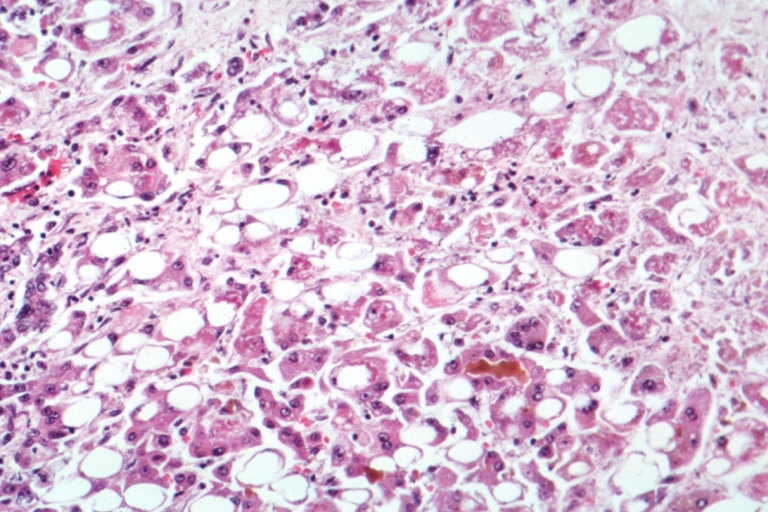Surge in Alcohol-Related Liver Disease Highlights Public Health Crisis

Recent data indicates a significant rise in alcohol-related liver disease (ARLD) within the United States over the past two decades, with the prevalence of severe liver damage more than doubling among heavy drinkers, despite stable alcohol consumption rates. This alarming trend is particularly pronounced among specific demographic groups, including women, individuals aged 45 and older, and those living in poverty.
**Historical Context** Alcohol-related liver disease has long been recognized as a leading cause of liver-related mortality. The National Institute on Alcohol Abuse and Alcoholism (NIAAA) has consistently highlighted the health risks associated with heavy alcohol consumption. According to the Centers for Disease Control and Prevention (CDC), daily alcohol consumption levels have remained relatively unchanged, yet the incidence of ARLD is increasing, suggesting a deeper underlying issue.
**Current Situation** A recent study conducted by a team led by Dr. Brian Lee, a hepatologist at the Keck Medicine of the University of Southern California, analyzed data from the National Health and Nutrition Examination Survey (NHANES) between 1999 and 2020. The findings were published on July 23, 2025, in the journal *Clinical Gastroenterology and Hepatology*. The study revealed that the prevalence of high Fibrosis-4 (FIB-4) scores, an indicator of advanced liver scarring, surged from 1.8% to 4.3% among heavy drinkers, defined as individuals consuming over 20 grams of alcohol per day for women and 30 grams for men.
Furthermore, the prevalence of metabolic syndrome among heavy drinkers increased from 26.4% to 37.6% during the same period, suggesting a correlation between metabolic health and liver disease susceptibility. This rise coincided with an aging population and shifts in socioeconomic factors, emphasizing the need for targeted public health interventions.
**Expert Analysis** Dr. Sarah Johnson, a Professor of Epidemiology at Harvard University, noted that "the increase in ARLD may reflect a population that is becoming more vulnerable to the adverse effects of alcohol due to rising rates of metabolic syndrome and other comorbidities." This sentiment is echoed by Dr. Emily Rodriguez, a public health expert at the World Health Organization, who stated, "The data serves as a wake-up call for health authorities to implement screening and preventive measures aimed at heavy drinkers, particularly in high-risk demographics."
**Impact Assessment** The rise in ARLD has profound implications for public health and healthcare systems. The increasing morbidity associated with liver disease could lead to greater healthcare costs and resource allocation challenges. Moreover, as liver-related deaths climb, there may be a corresponding increase in the need for liver transplants and specialized medical care for affected individuals.
**International Perspective** Globally, alcohol consumption patterns vary, but the repercussions of alcohol-related health issues are universal. According to the World Health Organization, countries with higher levels of alcohol consumption also report increased rates of liver disease. This underscores the global nature of the public health crisis and the need for international cooperation in addressing alcohol abuse.
**Future Projections** As the data suggests a growing susceptibility to ARLD among the population, experts advocate for enhanced awareness and prevention strategies. Dr. Lee emphasized the urgency of implementing educational campaigns about the risks associated with heavy drinking, particularly among vulnerable groups. In addition, the development of policies aimed at reducing alcohol availability and promoting healthier lifestyles could mitigate the rising trend of ARLD.
In conclusion, the sharp increase in alcohol-related liver disease highlights an urgent public health challenge that necessitates a multifaceted response. Stakeholders must address the socio-economic and health-related factors contributing to this epidemic to safeguard public health and reduce the future burden of liver disease.
Advertisement
Tags
Advertisement





